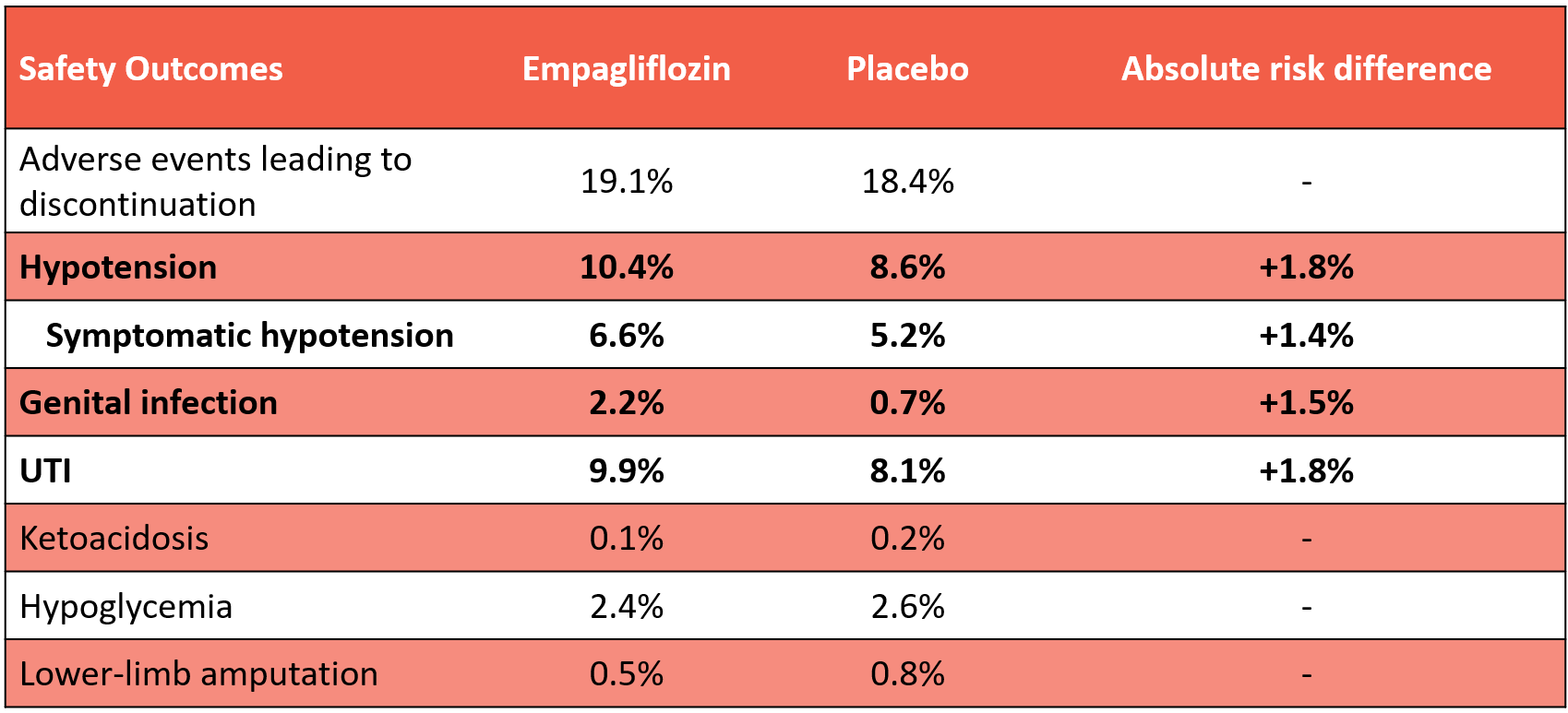REDUCE-AMI: Beta-blockers in MI & LVEF >=50%
REDUCE-AMI: NEJM 2024 DOI: 10.1056/NEJMoa2401479
Bottom line: In patients with myocardial infarction, LVEF >=50%, and no other indication for beta-blockers (angina, arrhythmia, heart failure), beta-blockers do not meaningfully reduce death or recurrent myocardial infarction. Additional trials that should complete in 2024 will provide additional data, including in patients with LVEF 41-49%.
Patients (n=5020 randomized)
Setting: Sweden (95%), Estonia, NZ, 2017-2023
Included:
Adults 1-7 days from MI
Obstructive coronary artery disease (CAD) on coronary angiography (i.e. stenosis >=50%, FFR <=0.8 or iFR <=0.89 in any segment)
Echo after MI showing left ventricular ejection fraction (LVEF) >=50% (i.e. preserved)
Excluded: Any other indication for beta-blockers; any contraindication to beta-blockers.
Baseline:
Age 65, 22% female
Median 2 days from admission to randomization
LVEF & coronary angiography variables not reported
STEMI 35%, PCI 95-96%
Comorbidities: Prior MI ~7%, diabetes 14%, HTN 46%, smoking ~20%
Medications:
Beta-blocker prior to admission ~11-12%
At discharge: ASA/P2Y12 inhibitor 95-98%, ACEI/ARB 80%, statin, 98-99%
Intervention: Beta-blocker
Metoprolol (1st choice; target >=100 mg/d) or bisoprolol (target >=5 mg/d)
96% prescribed beta-blocker on discharge (2/3 metoprolol, 1/3 bisoprolol), ~91% receiving at “month 2” visit, 82% receiving at “1-year” visit
Comparator: No beta-blocker
10% prescribed beta-blocker on discharge
Outcomes @ median 3.5 years
Primary outcome (death from any cause or new MI): Beta-blocker 7.9%, no beta-blocker 8.3% (hazard ratio [HR] 0.96, 95% confidence interval [CI] 0.79-1.16)
Death: 3.9% vs 4.1% (HR 0.94, 95% CI 0.71-1.24)
MI: 4.5% vs 4.7%
Bayesian re-analysis (using https://benjamin-andrew.shinyapps.io/bayesian_trials/): Assuming non-informative prior (ignoring outdated post-MI beta-blocker RCTs from the pre-reperfusion era), posterior probability=19% of an absolute risk reduction of >=1% absolute risk reduction (HR<=0.88) at 3.5 years
Safety
Hospitalization for bradycardia, 2-30 AVB, hypotension, syncope, or PPM implantation: 3.4% vs 3.2% (HR 1.08, 95% CI 0.79-1.46)
Hospitalization for asthma or COPD: 0.6% in both groups (HR 0.94, 0.46-1.89)
Internal validity
Randomization using permuted blocks
Allocation via web-based system
Performance bias: Moderate crossover (18% from beta-blocker to no beta-blocker by 1 year in intervention group; ~10% to beta-blocker in comparator group) biases the results toward the null
Detection bias: No blinding of participants or treating clinicians (open-label), but objective (death from any cause) & semi-objective outcomes (e.g. MI hospitalization) minimize risk of detection bias
No loss to follow-up (but missing data for 8 who emigrated, 4 withdrew consent)
Intention-to-treat analysis
Generalizability & other considerations
Who does these results NOT apply to?
These results do NOT apply to patients with another valid cardiovascular indication for beta-blockers, including:
Angina (despite PCI/CABG, if indicated)
Arrhythmia (ventricular arrhythmia, atrial arrhythmia requiring rate control, congenital long QT syndrome, etc)
Ejection fraction <50% [especially those with heart failure]
HF with reduced/mildly-reduced/improved LVEF
With that said, these results broadly apply to patients not captured within the above, which is most patients with MI seen in contemporary practice
This is the first contemporary trial of beta-blockers post-MI (see https://nerdcat.org/studysummaries/beta-blockers-cad for our summary of this previous evidence)
Prior to this trial, practice was mainly driven by a 1999 meta-analysis of RCTs conducted 1966-1991; prior to widespread use of now-established treatments for ACS/MI (especially reperfusion with PCI/fibrinolytics, ASA, statins)
Several other ongoing trials will shed further light on the role of beta-blockers in patients post-MI with LVEF >40%, including:
ABYSS (n=3700, France): Beta-blocker continuation vs discontinuation 6 months post-MI (excluding patients with LVEF <40%, persistent angina/ischemia, HF in last 2 y, arrhythmia)
BETAMI (n=2900, Norway) & DANBLOCK (n=2760, Denmark): Beta-blocker vs no beta-blocker post-MI (excluding patients with LVEF <40%, clinical heart failure, LV akinesia in >=3 segments, arrhythmia)








